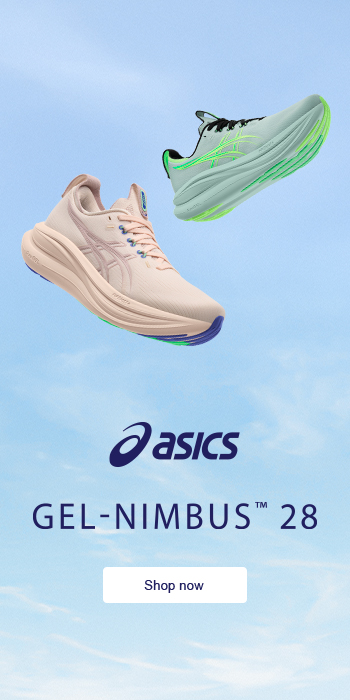Stability running shoes are designed for runners who overpronate, meaning their feet roll inwards excessively during each stride. These shoes offer extra support and structure—such as firmer midsoles, medial posts, or GuideRails—to help keep your foot aligned and reduce the risk of injuries like shin splints and knee pain. They’re ideal for those with low arches or a history of overuse injuries.
Stability shoes include additional features to control excessive inward rolling of the foot, such as denser foam on the inner midsole or structured elements like GuideRails or medial posts. Neutral shoes, by contrast, focus on cushioning and shock absorption without influencing your foot’s motion, making them lighter but less supportive for overpronators.
Modern stability shoes use a variety of technologies, including wide and flared midsoles for a stable base, dual-density foams, medial posts, and support systems like Brooks’ GuideRails or Hoka’s H-Frame. Some models, such as the Saucony Tempus, use a combination of soft and firm foams for both comfort and stability, while others rely on geometry and sole design for support.
Yes, many stability shoes are specifically designed for long distances. Models like the Brooks Adrenaline GTS 24 offer plush cushioning and robust support, helping to reduce fatigue and maintain alignment over extended runs. Their durable outsoles and breathable uppers also make them ideal for marathon training.
Modern stability shoes are much lighter and more flexible than older models. Advances in foam technology and shoe geometry mean you can now get excellent support without sacrificing comfort or speed.
Stability running shoes typically last between 300 and 500 miles (500–800km), depending on your running style, weight, and the surfaces you run on. Worn-out shoes lose their supportive features, increasing the risk of injury, so it’s important to replace them regularly for continued protection.
Stability running shoes can help reduce the risk of injuries caused by overpronation, such as plantar fasciitis, shin splints, and runner’s knee. By supporting proper alignment and controlling excess movement, these shoes can make running more comfortable and lower the likelihood of overuse injuries.








































































































